MEET THE OWNER – KULLY DHADA AND HIS DATSUN 120Y SUNNY
12 April 2022
In 1968 Nissan began officially selling cars in the UK under their ‘Datsun’ marque and three years later Lord Stokes of BL was already calling for greater protection for British industry against Japanese imports. By 1974 an edition of the Thames Television’s Drive In programme reported on the growing popularity of “foreign cars”, with Tony Bastable highlighting the Cherry 100A, the Bluebird 610 and the 120Y as instrumental in helping Datsun to “collar nearly five per cent of the entire United Kingdom market”.
Nissan unveiled the original Sunny in 1966, the same year as its rival Toyota Corolla. The third generation 120Y debuted in April 1973 with British sales commencing in October, with its rather incredible hub caps mesmerising all who saw it. The range consisted of two and four-door saloons, a five-door estate and a three-door van. To further impress the denizens of the Berni Inn, there was also a Coupe with “that long low look that leaps right out at you”. Datsun GB’s Baker Street outlet provided one as the first prize at the 1973 ‘Miss Evening Standard’ competition - each of the lucky contestants was also awarded a set of Carmen rollers.
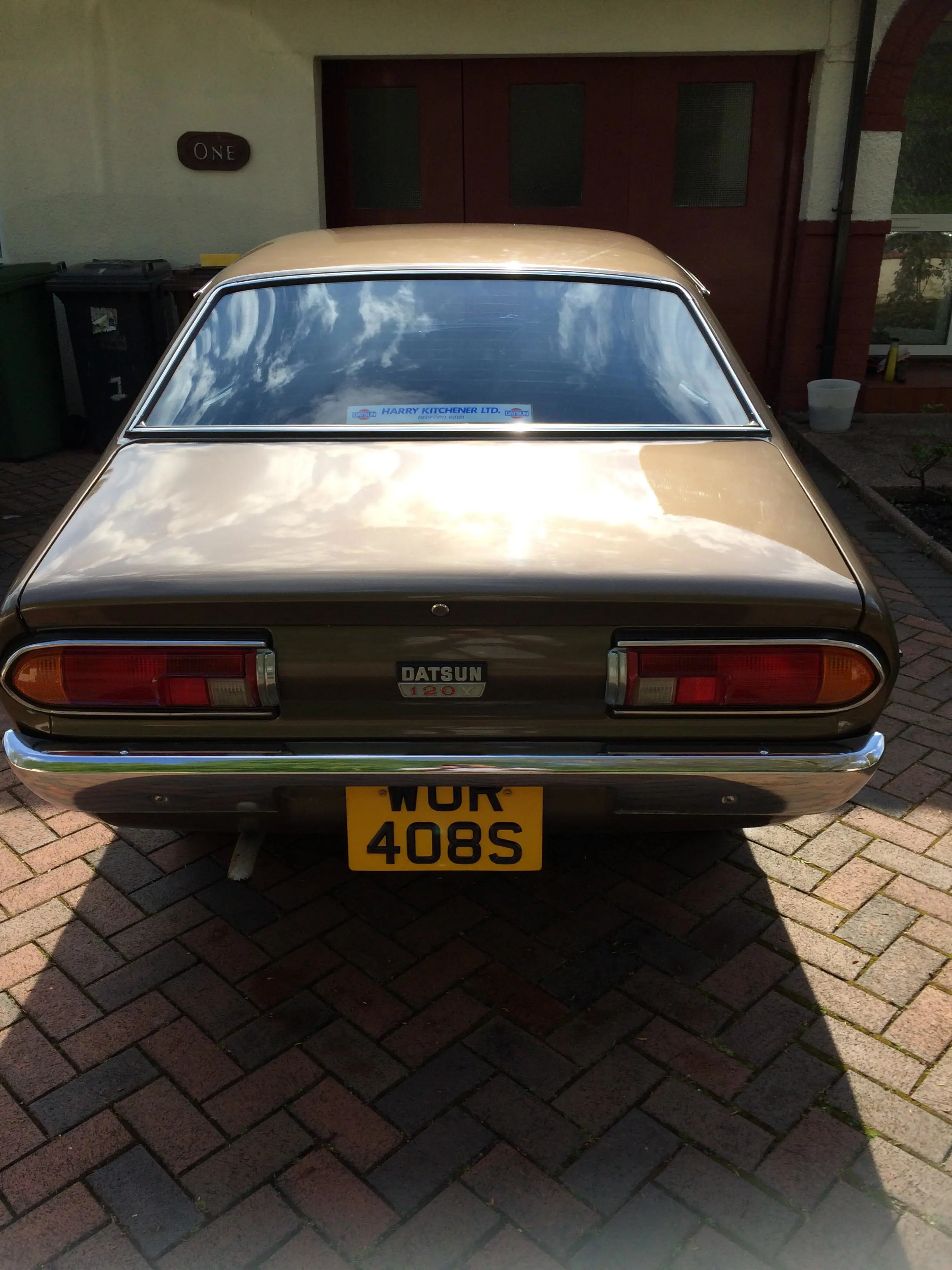
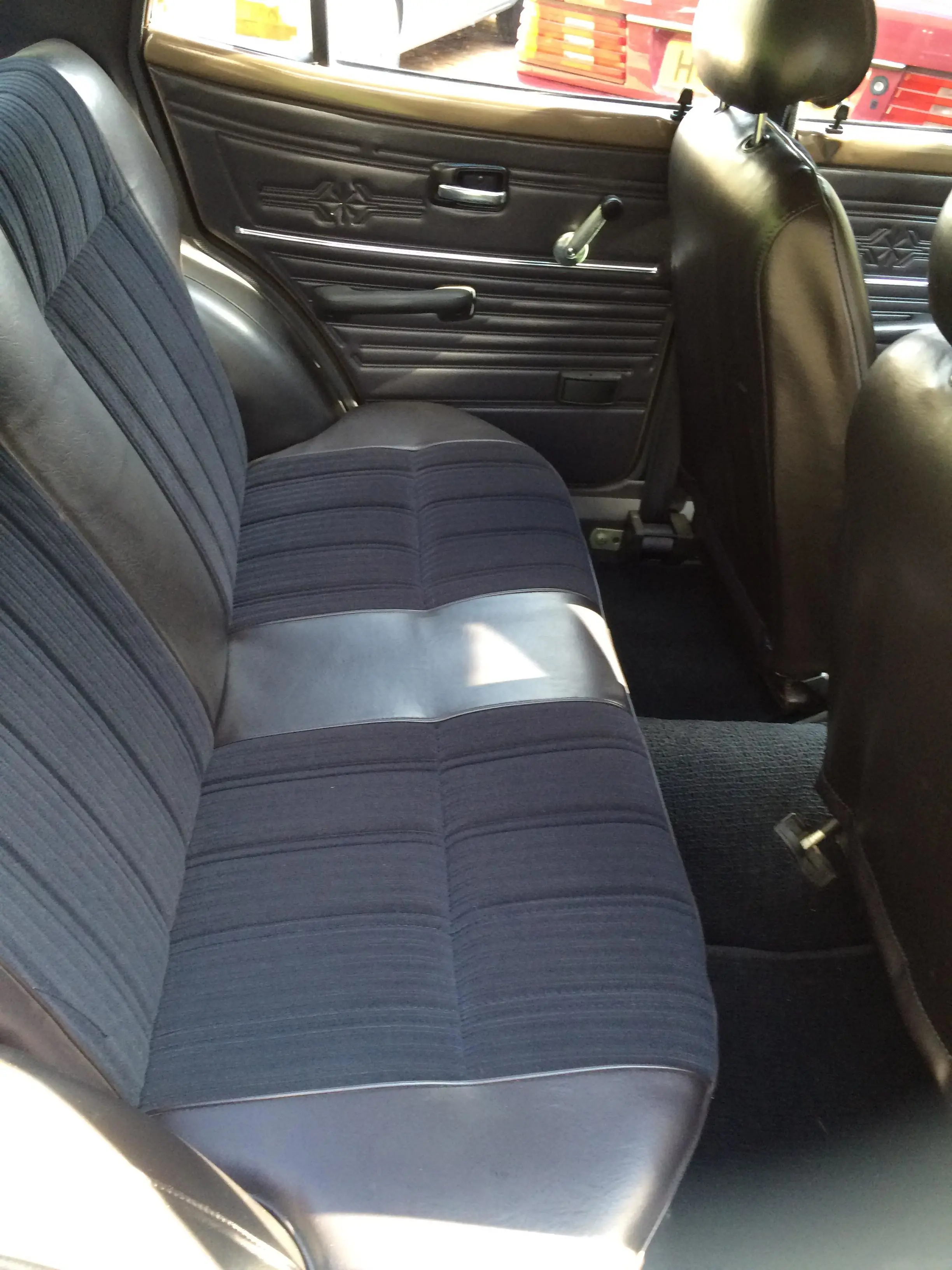
By then, Datsun had already commanded 3% of Britain’s new car market, and this country was their most vital European sales territory. One newspaper article highlighted motorists favoured Japanese cars for their reliability and quick delivery times. A model such as the 120Y offered a technical specification as reassuringly conventional as any Ford Escort, Hillman Avenger, Triumph Toledo or Vauxhall Viva a 1,172cc OHV engine, RWD, front MacPherson struts and rear leaf springs. The price of the four-door version was an affordable £1,302.52, and your friendly local Datsun dealer would doubtless point out the array of standard equipment. Head restraints, reversing lights, two-speed wipers with electric washers, a cigar lighter, a clock and even a radio represented luxury in early 1970s suburbia.
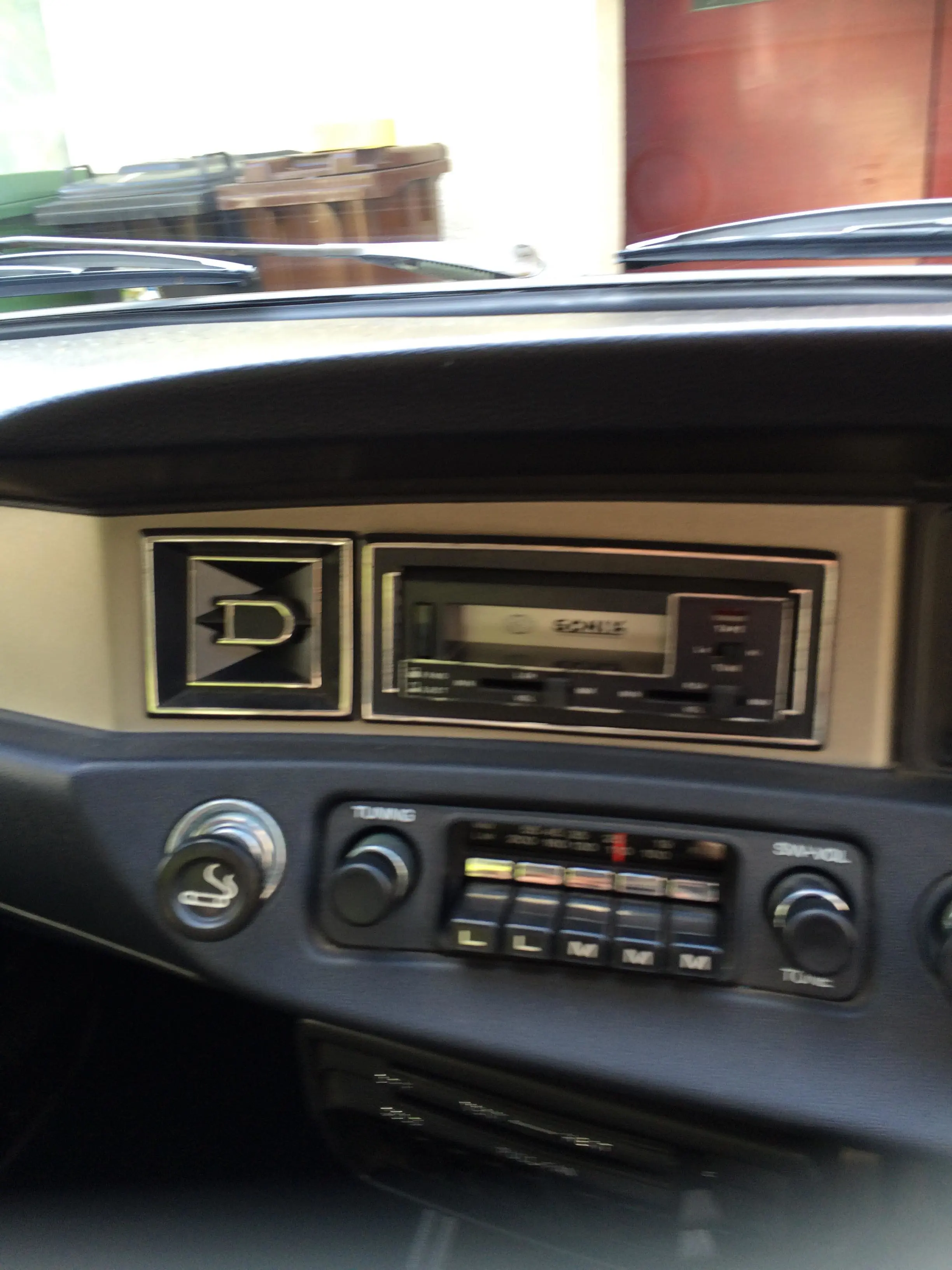
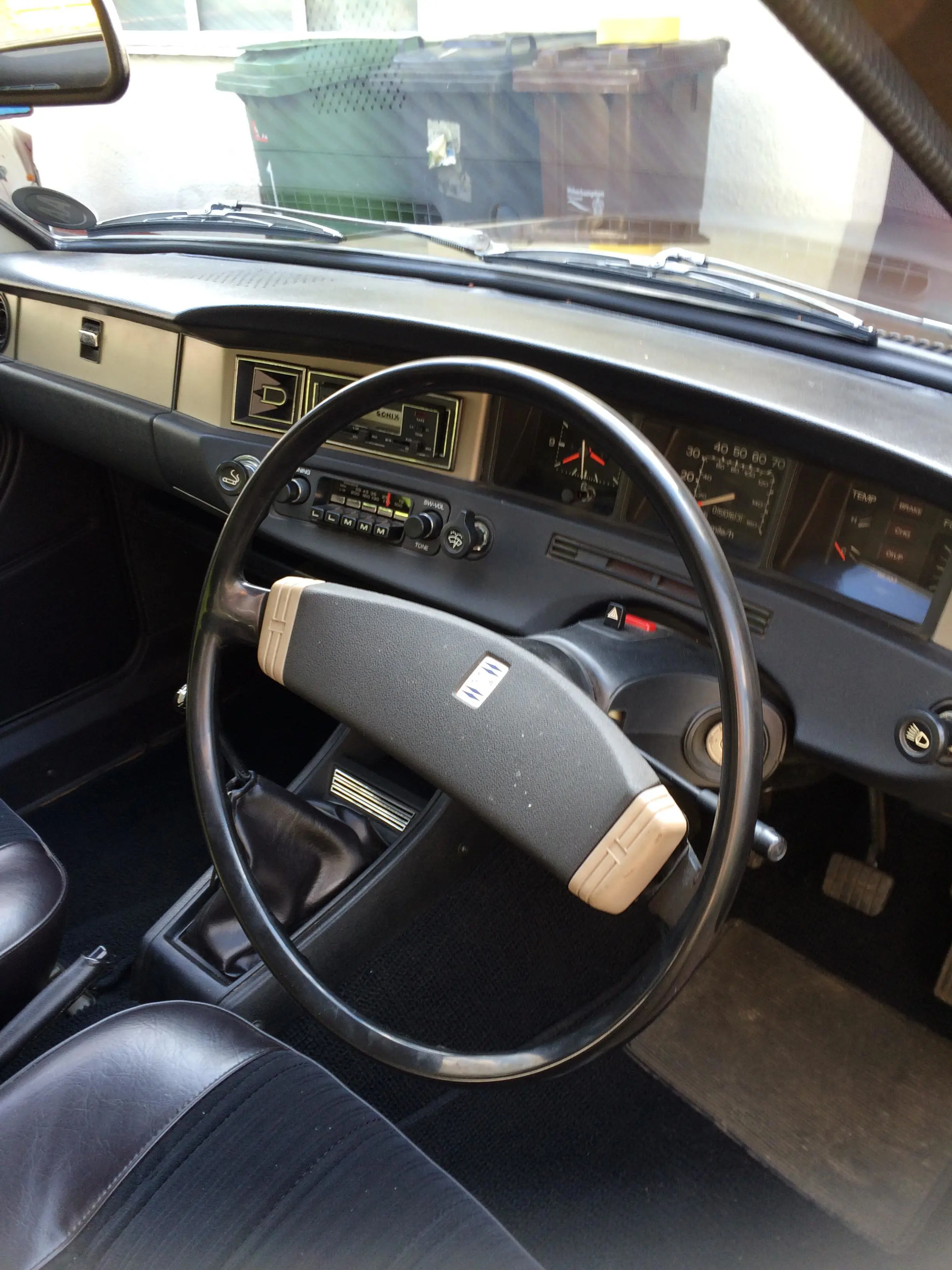
Autocar thought the 120Y was “blessed with possibly the best gear change there is”, and the handling was “remarkably safe”. A top speed of 96 mph meant the Datsun would be able to cope with M3 traffic and its excellent fuel economy was another bonus in the aftermath of the OPEC Oil Crisis. One 1974 advertising campaign heavily emphasised the Sunny ran on 2-star fuel. 1976 saw a minor facelift, and when the 310 series replaced the 120Y in late 1978, nearly 150,000 examples had found homes in the UK. The Japanese motor industry now held 13.5% of the British car market, and the Sunny was crucial to Nissan’s success.
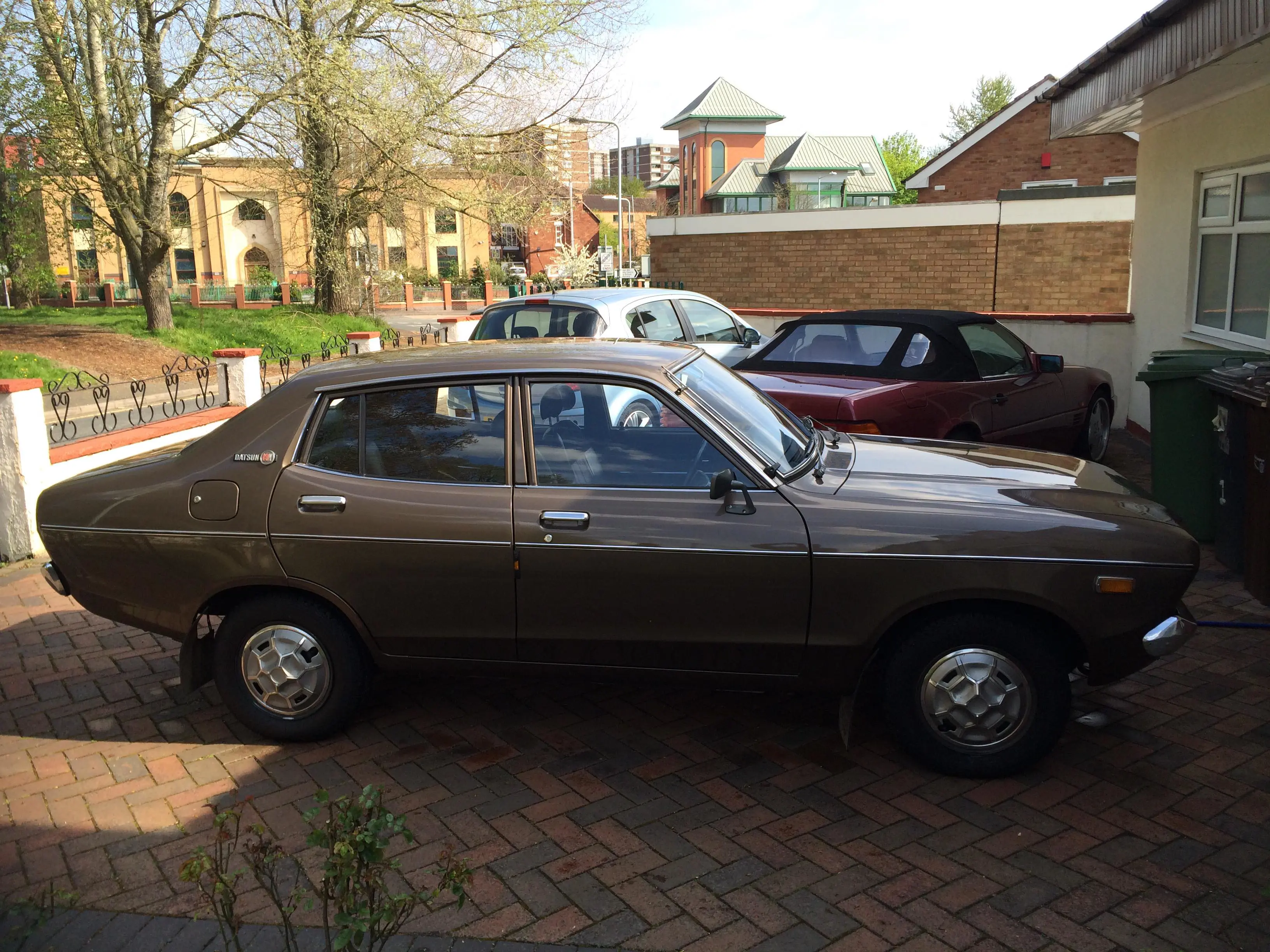
Alas, few survive today, for as with many 1970s vehicles, they were not exactly renowned for their ability to withstand corrosion. The marque expert Eddie Rattley once noted the 120Y had “virtually no factory rust protection. The outer panels were made from thinner metal to reduce weight, so door bottoms, front wings and rear arches often suffered, while the understructure was fairly durable. Mechanically they’d go on forever, so the body often fell apart long before anything wore out”.
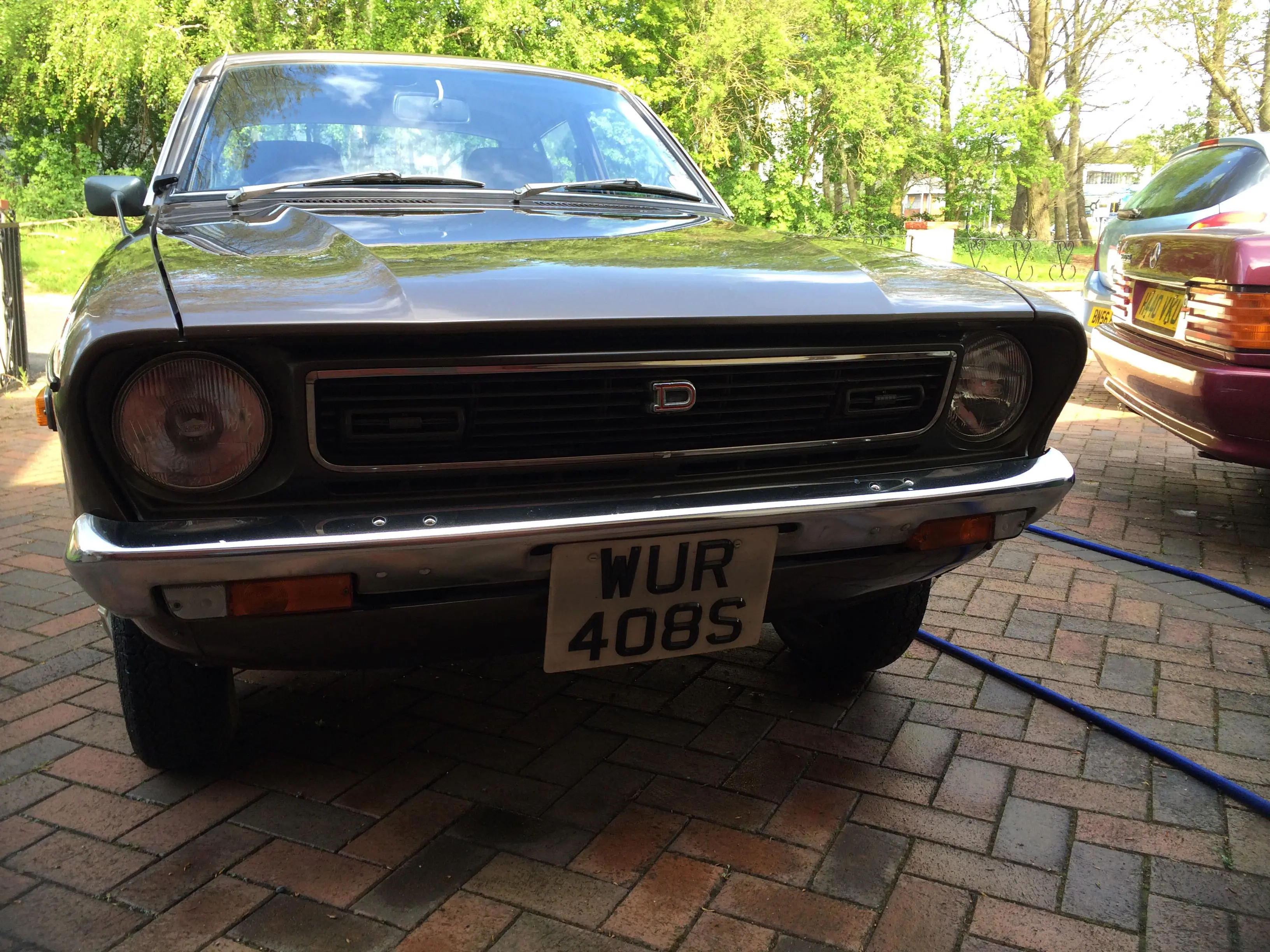
And this makes Kully’s 1978 5,000 miles from new example all the more remarkable. He came by his Datsun six years ago – “I have never driven her about; it is just parked up in the garage at home”. We look forward to hearing more of this very handsome machine – one that helped change the face of British motoring.
